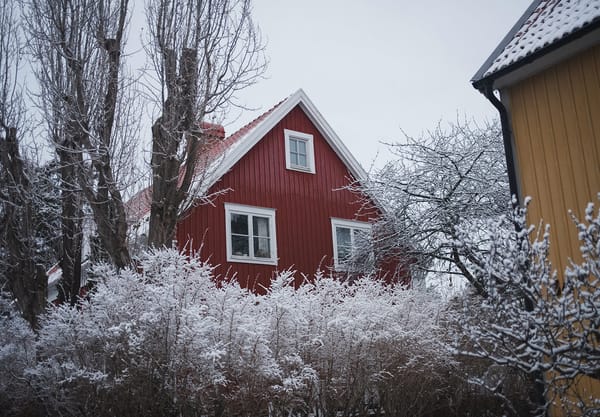Jamming
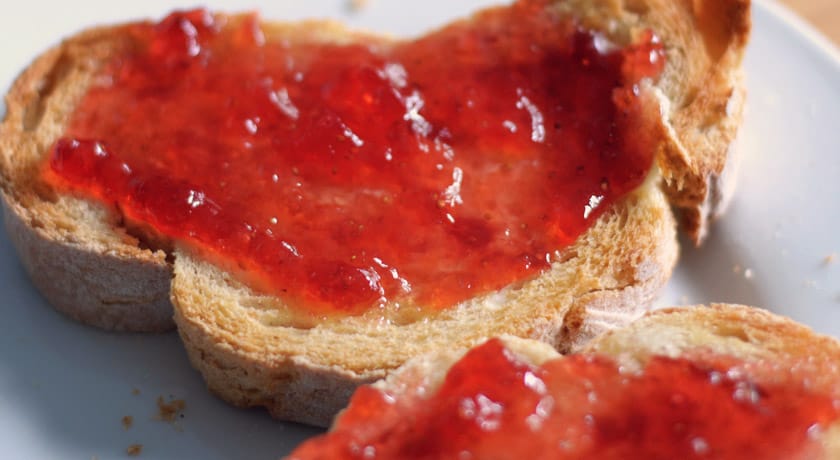
I've been a bit of a jam making machine lately. There's so much fresh fruit waiting to be turned into jam and eaten in the colder months - although most of it probably won't last that long because it's too tasty! Here's what I've made so far.
Elderflower jam
The elderflower this year was really lovely. I made cordial but also wanted to try making something new so I made elderflower jam. Most of the elderflower jam recipes I found were actually made from elderberries and other fruits which wasn't really what I was looking for. After a bit of searching I found a simple recipe by Fennel & Fern which used elderflower heads and nothing else. Exactly what I wanted.
This jam is really easy to make. All you do is soak elderflower heads in water for 3 days then add sugar and cook.
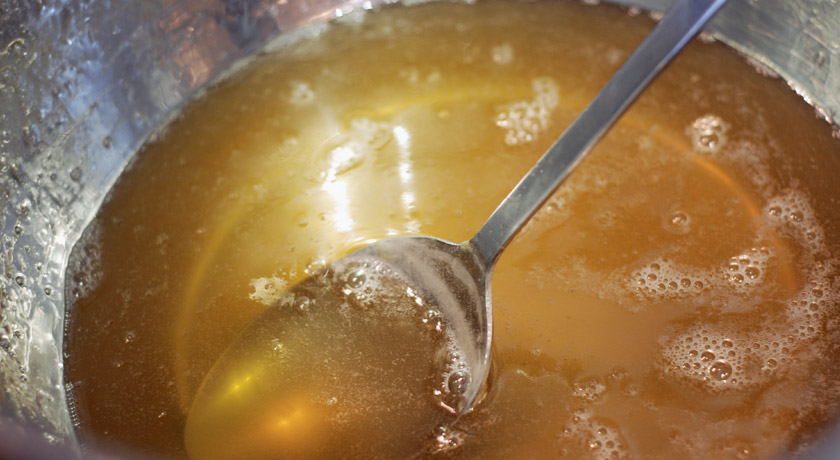
I don't normally use jam sugar but I did for this recipe because of the lack of actual fruit (and therefore pectin). I also added some lemon zest and juice for luck.
The jam is lovely. Floral, light and sweet. If Summer had a taste, this would be it. When I hold the jar up to the light it looks like a jar of amber because of the flecks of lemon zest.
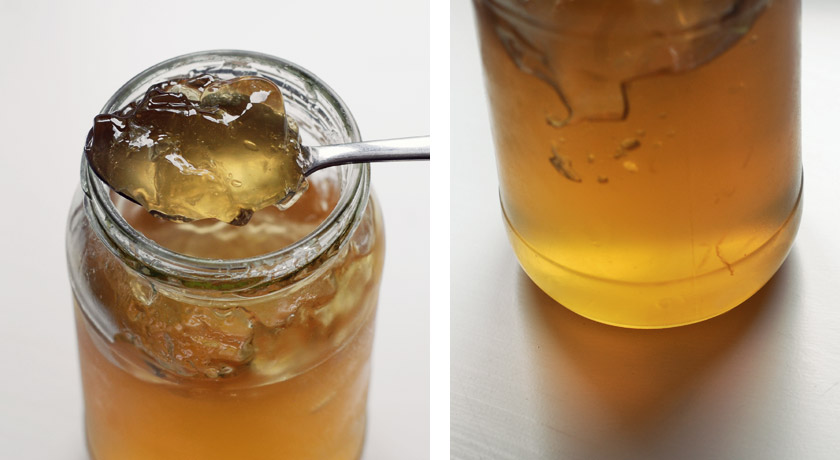
Eaten straight out of the fridge it's like a jam crossed with a jelly. Left a room temperature for a while it has a regular jam consistency. It's fantastic on toast (made from real bread) with a bit of salted butter. Naughty but very tasty. I'll definitely be making this again next year.
Strawberry jam
Waitrose have been selling 1kg punnets of British strawberries for £4. We'd been buying them for breakfast smoothies and they were so juicy and sweet that I decided to buy a punnet for jam making. I was planning to go to PYO this year but realised I probably wouldn't get organised to actually get it done before the season is over.
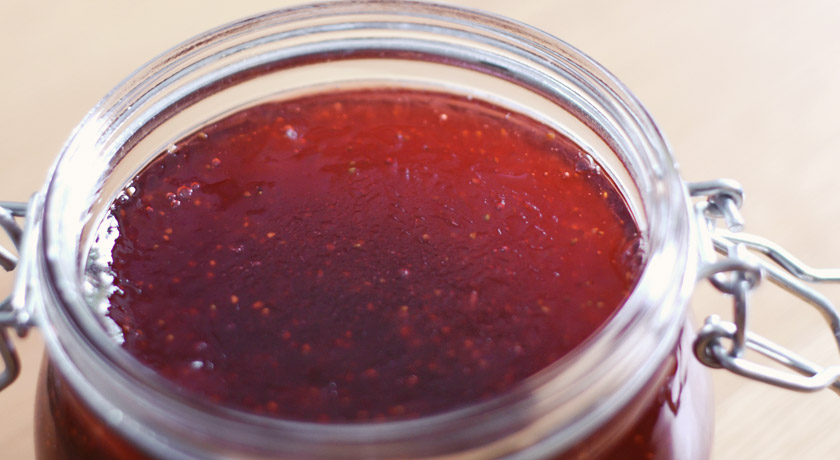
This was my first time making strawberry jam. It set beautifully but next time I'll cook it slightly less for a soft set consistency. I think strawberries would be well suited to this type of jam.
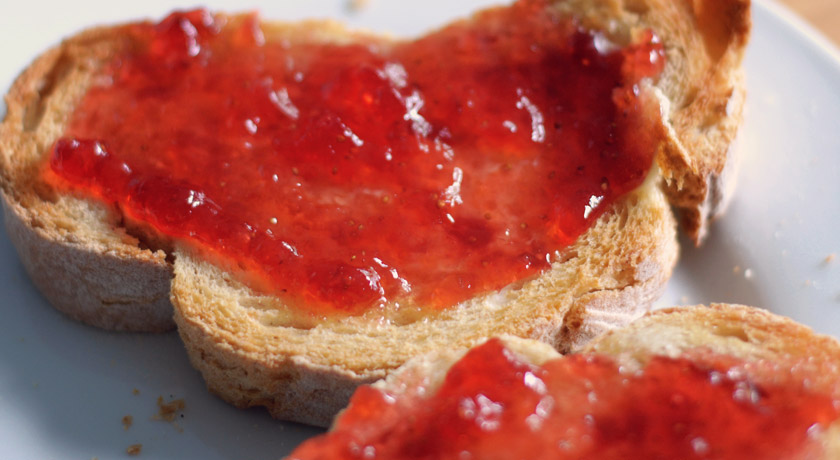
In a few months time when it's cold and dark it will be nice to eat food from the Summer that still tastes fresh and delicious.
The first rule of jam making...
Always have bread for cleaning your jam pan the fun way!
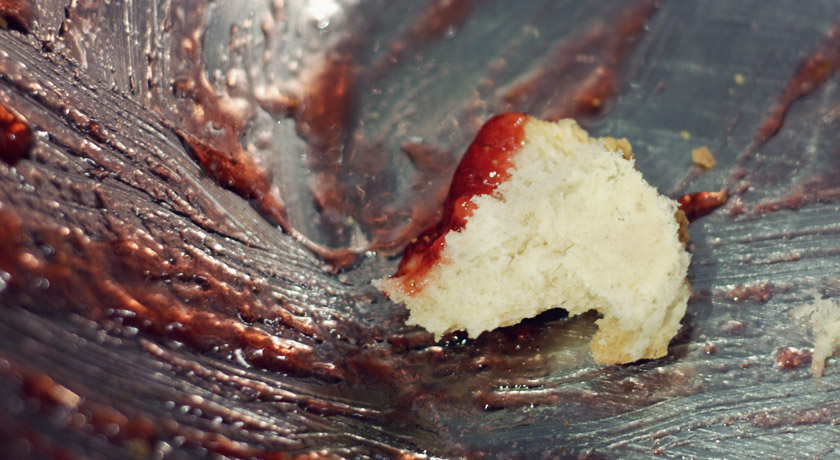
How to test for jam setting point
Whilst clearing up I realised the plate I'd used for testing setting point was a good illustration of the jam making process. If you are new to jam making this is will help you work out what the setting point is all about.
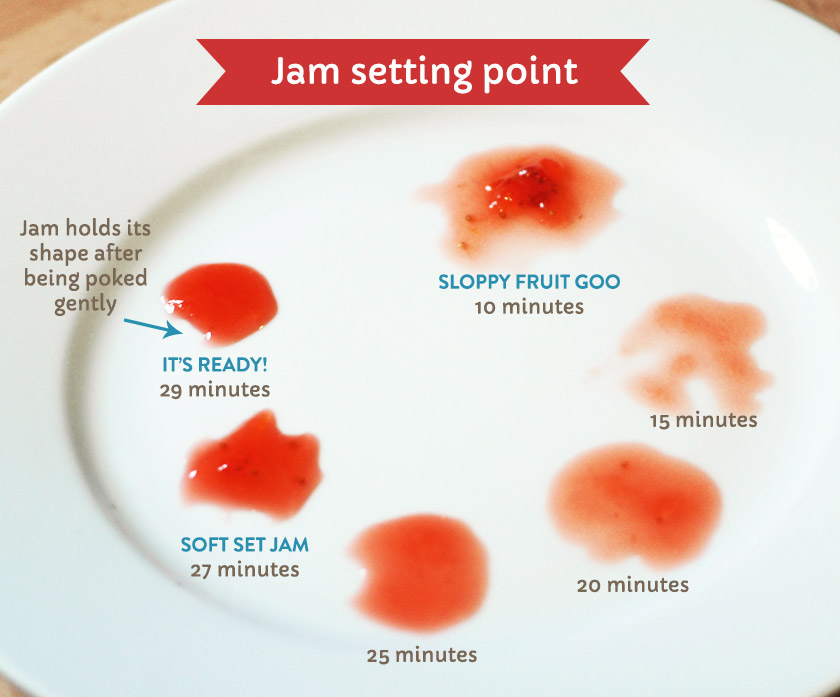
Jam setting point can creep up on you which makes it easy to overcook your jam. I tested for setting point every 5 minutes (after an initial 10 min rolling boil) to make sure I achieve the consistency I wanted. The image above shows you how the jam changes as you cook it and what it will look like when it's ready to jar. Your recipe may give you slightly different instructions, which is fine. But hopefully this has given you a better idea of what setting point looks like.
Happy jamming!





